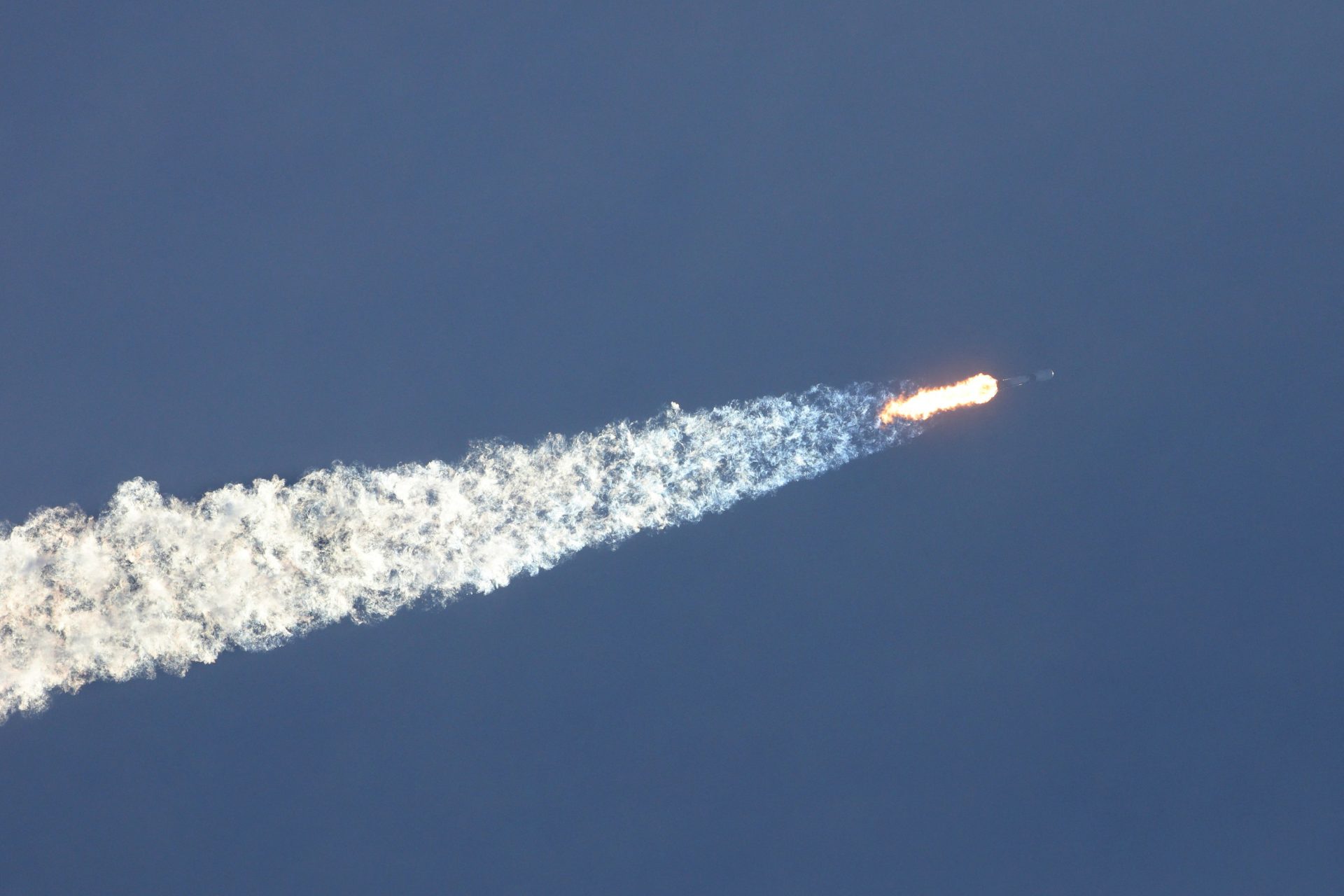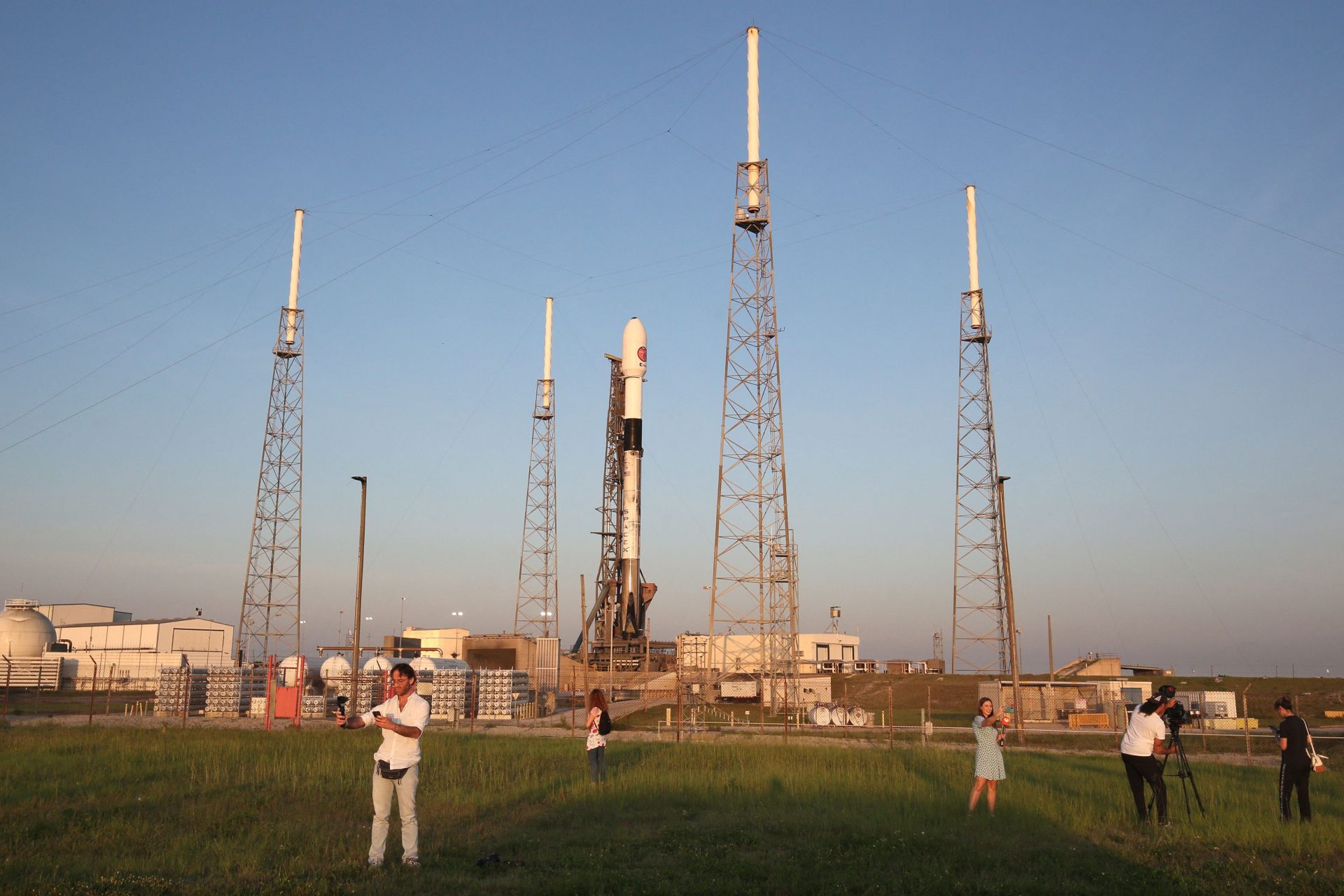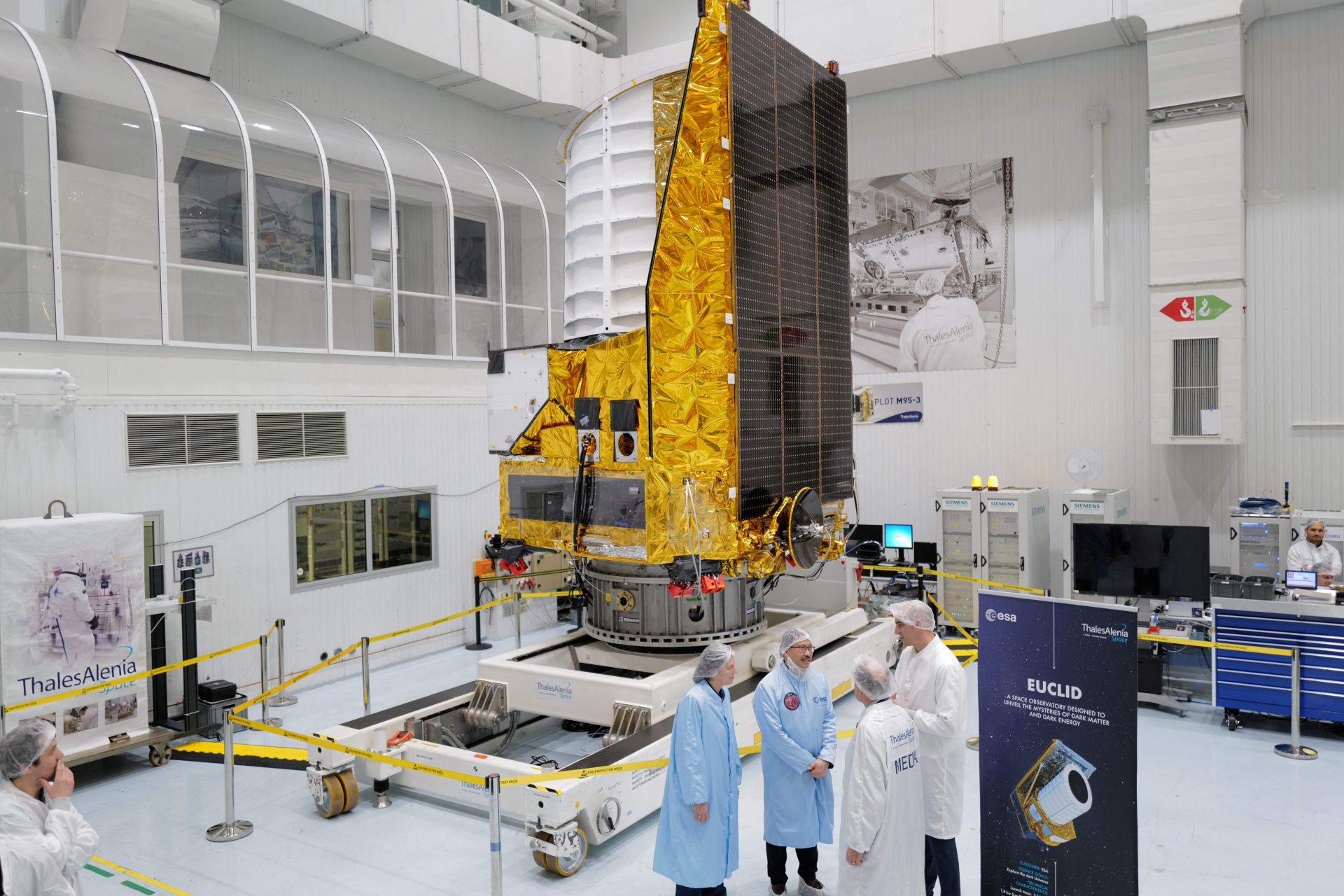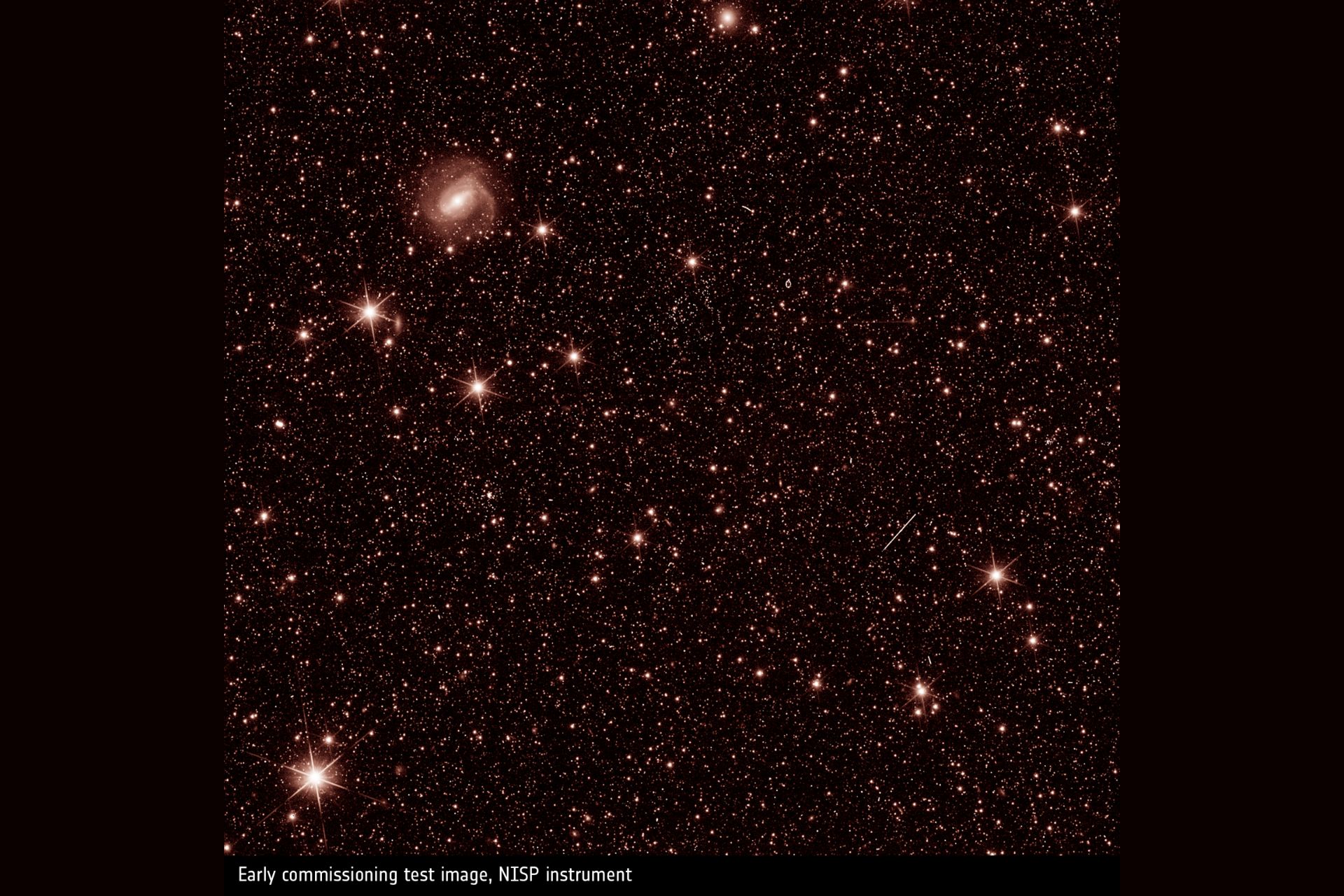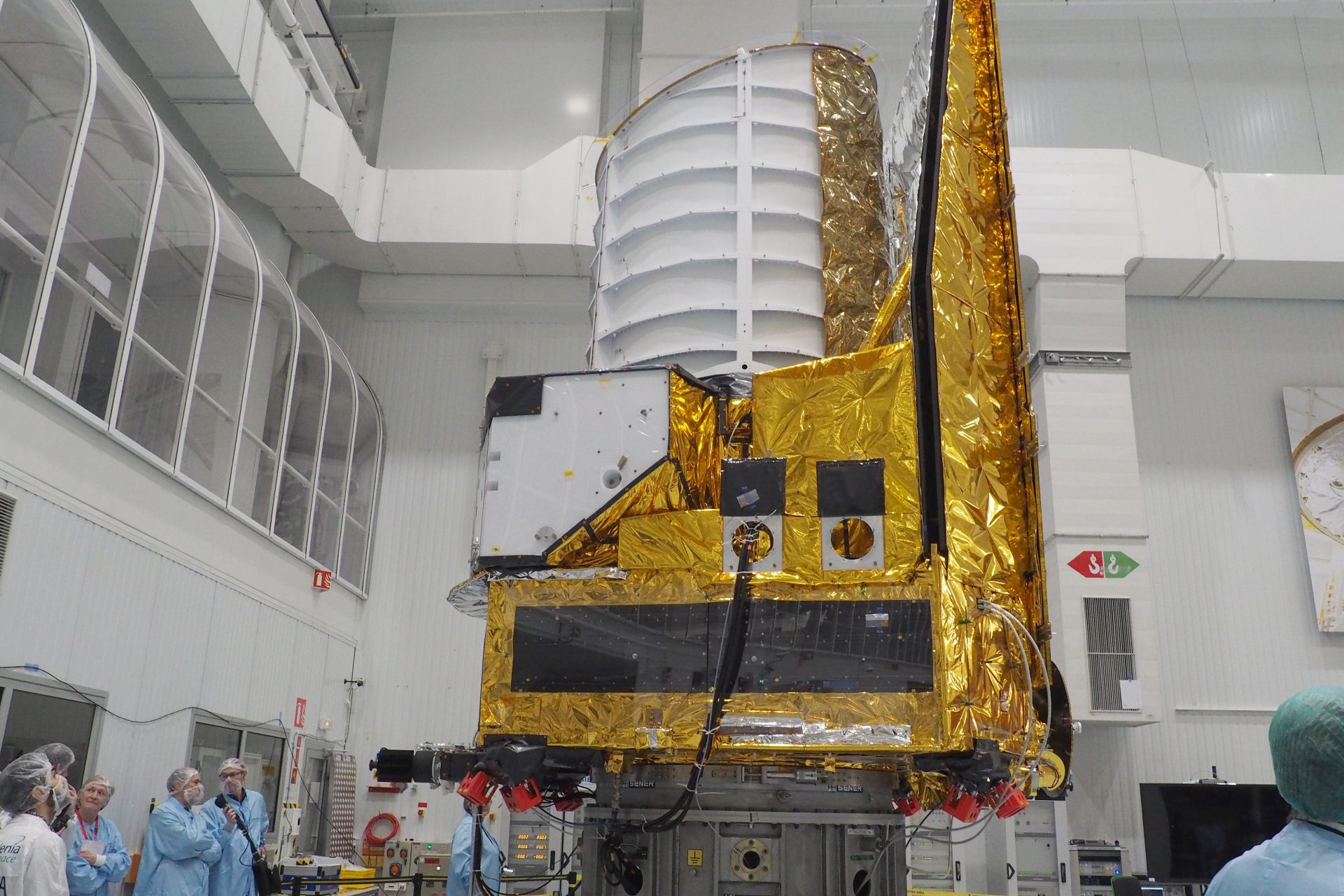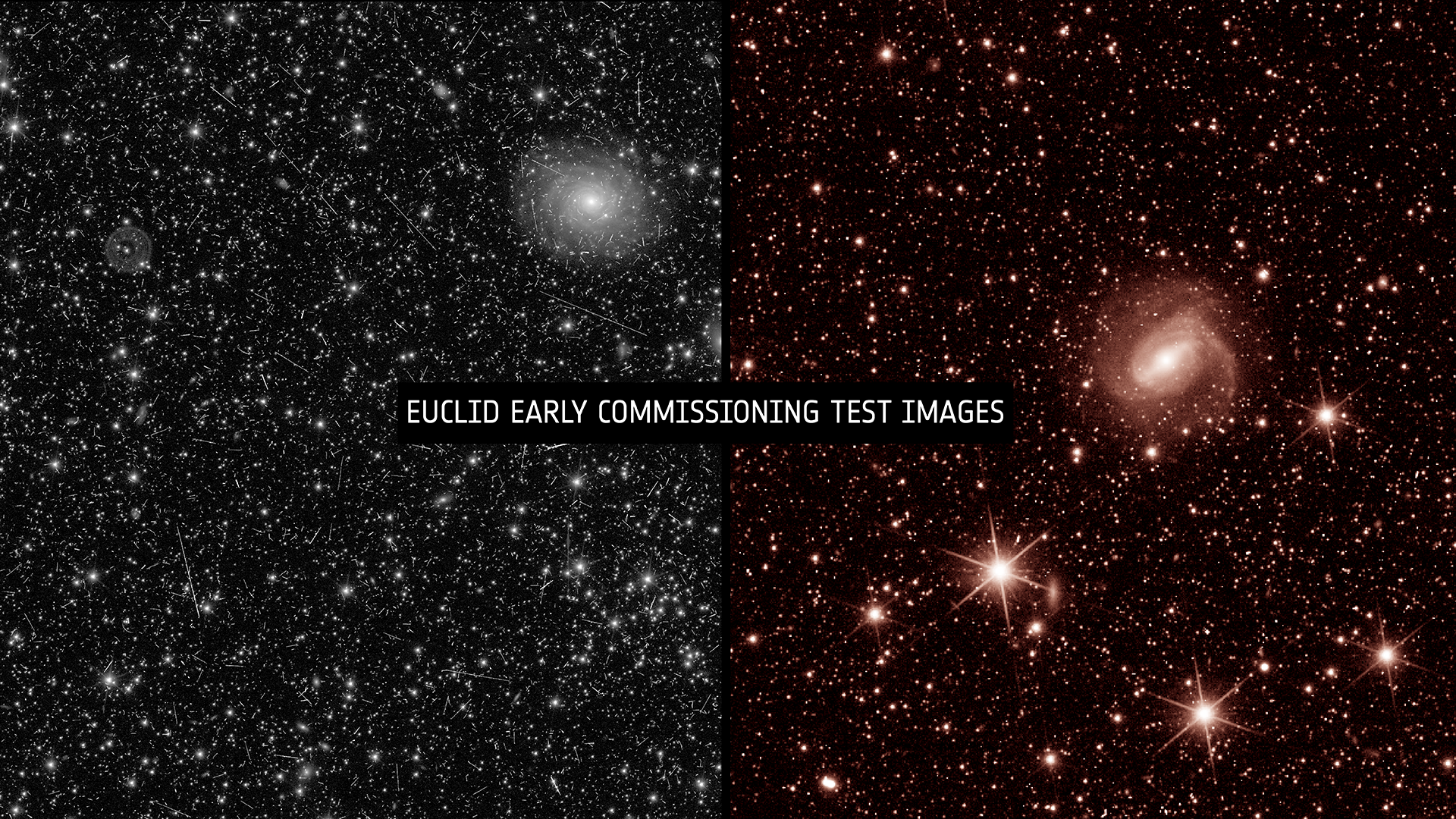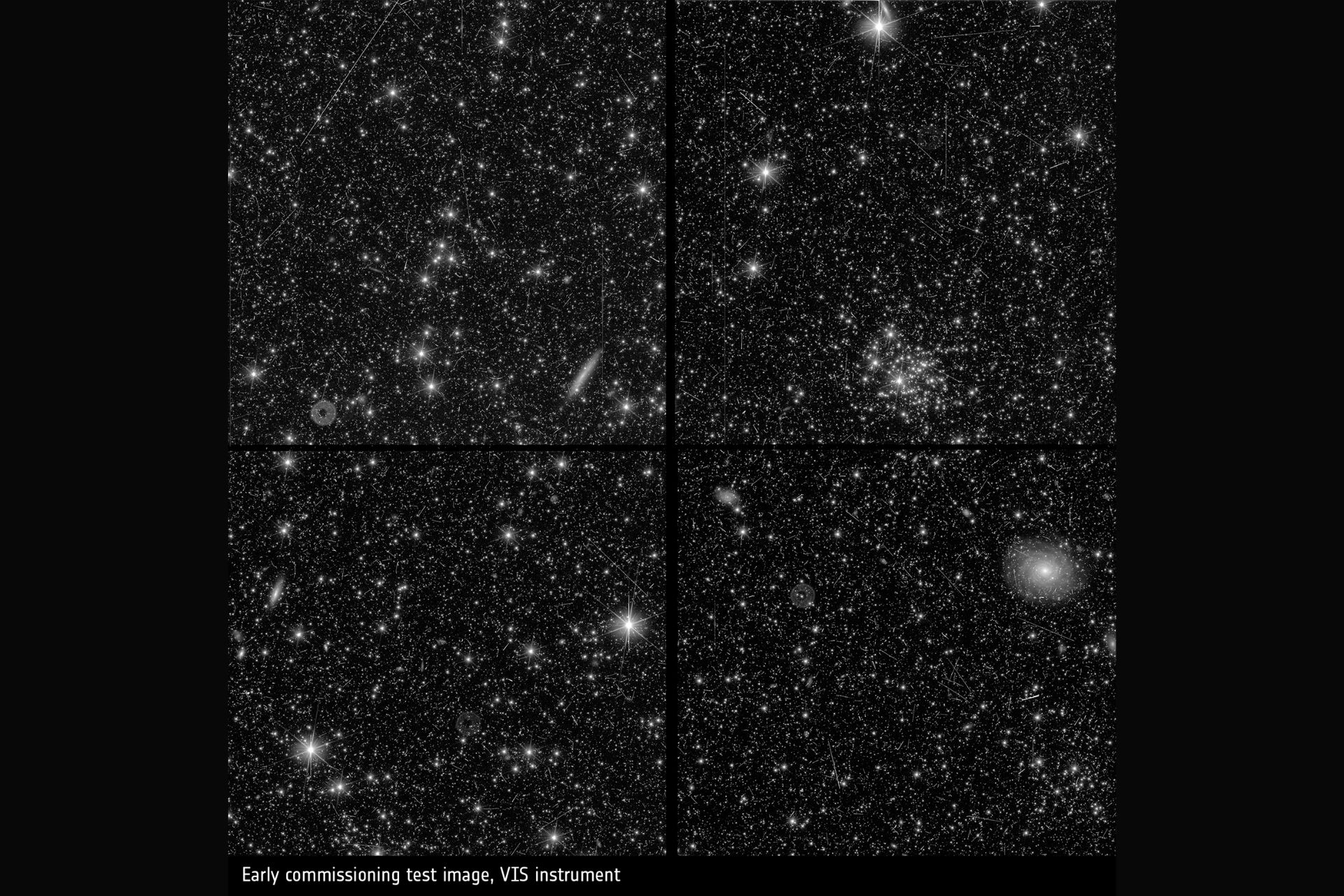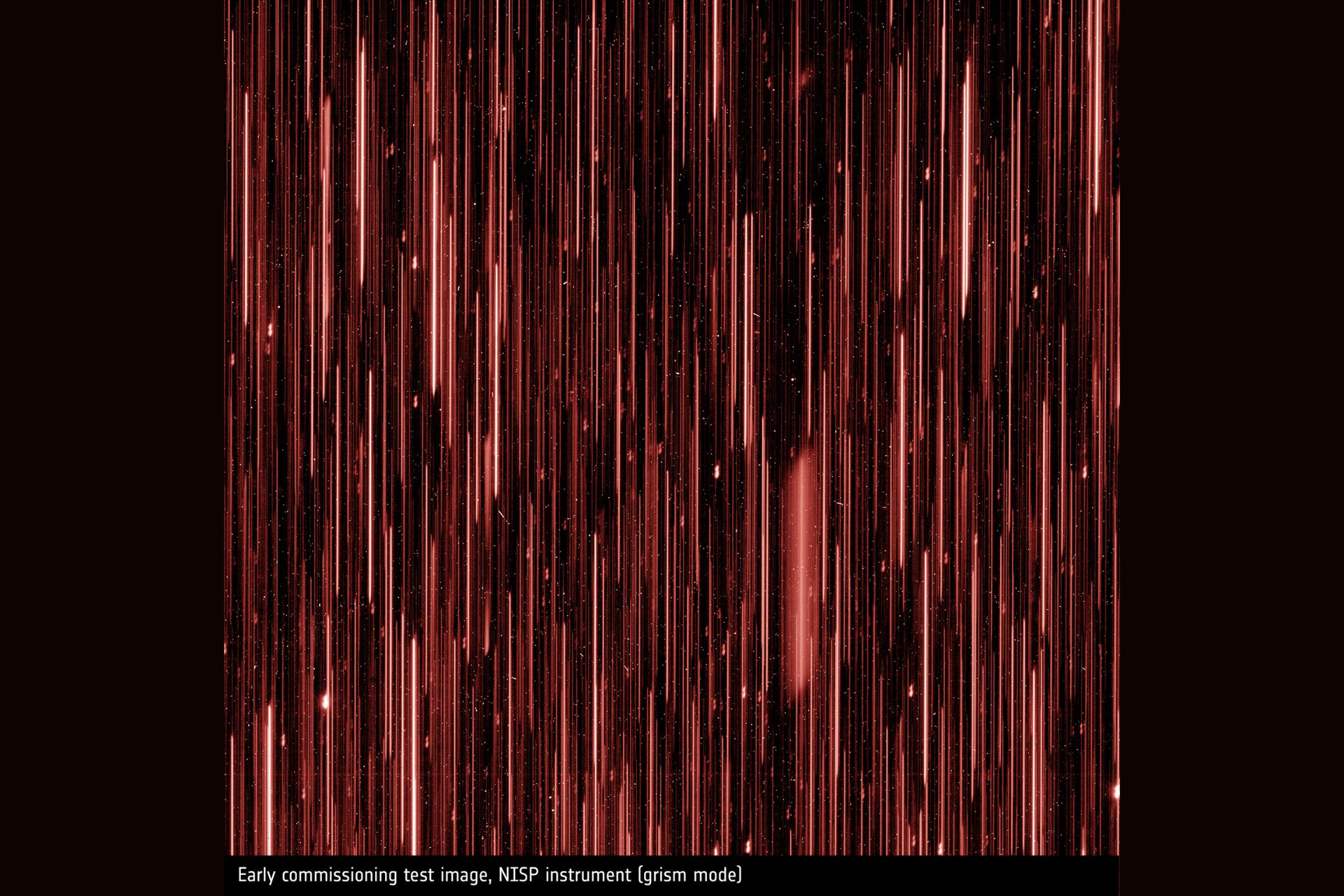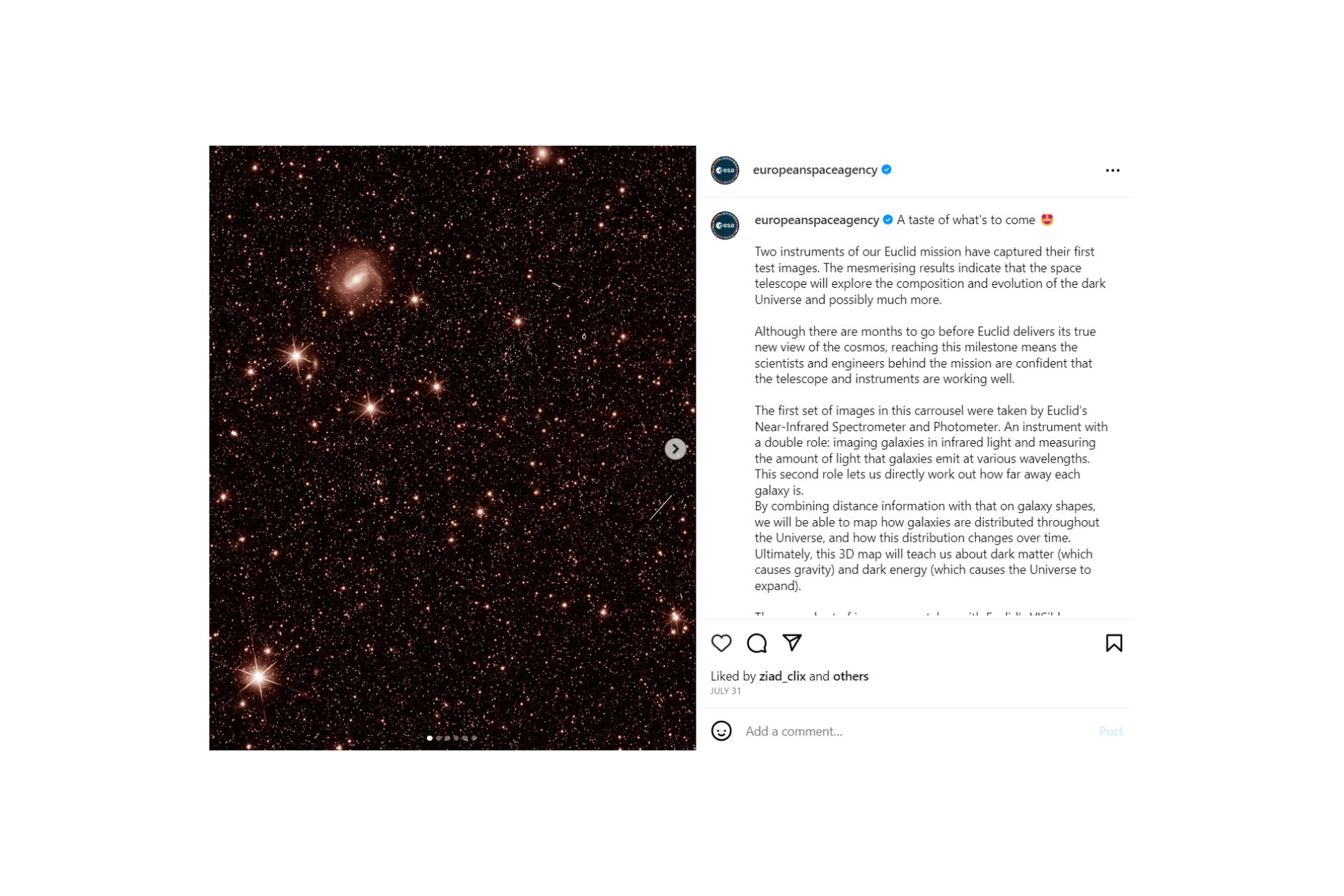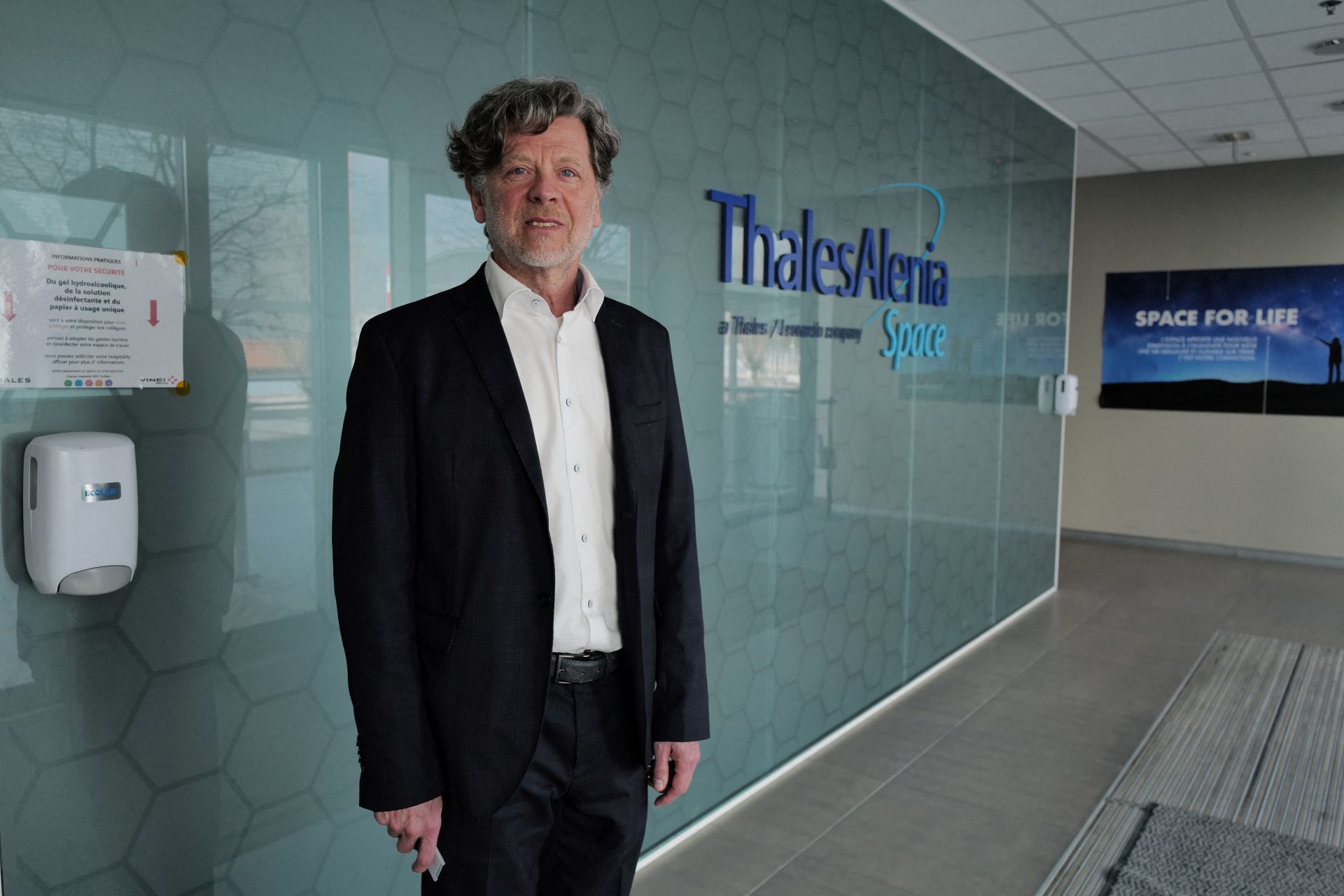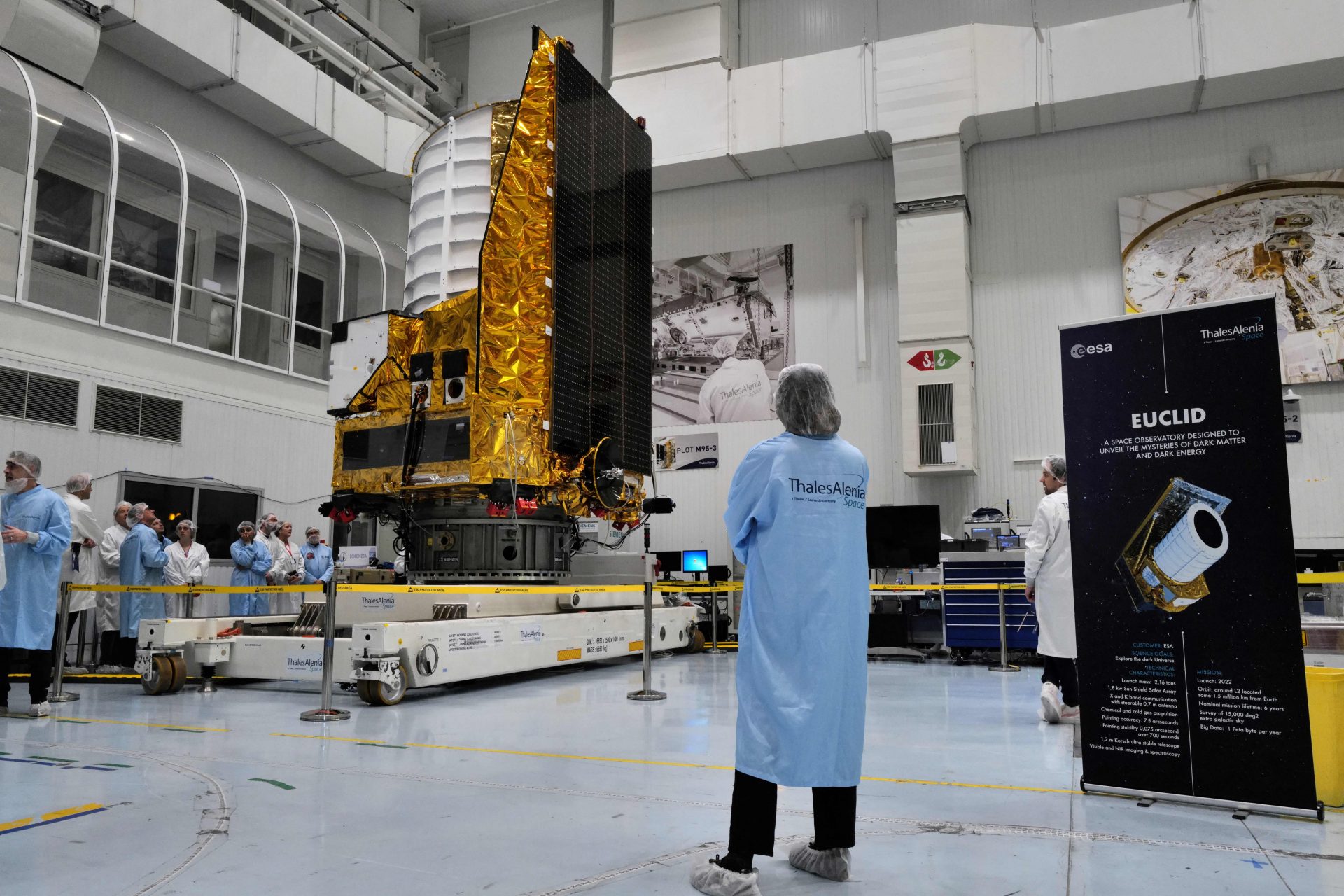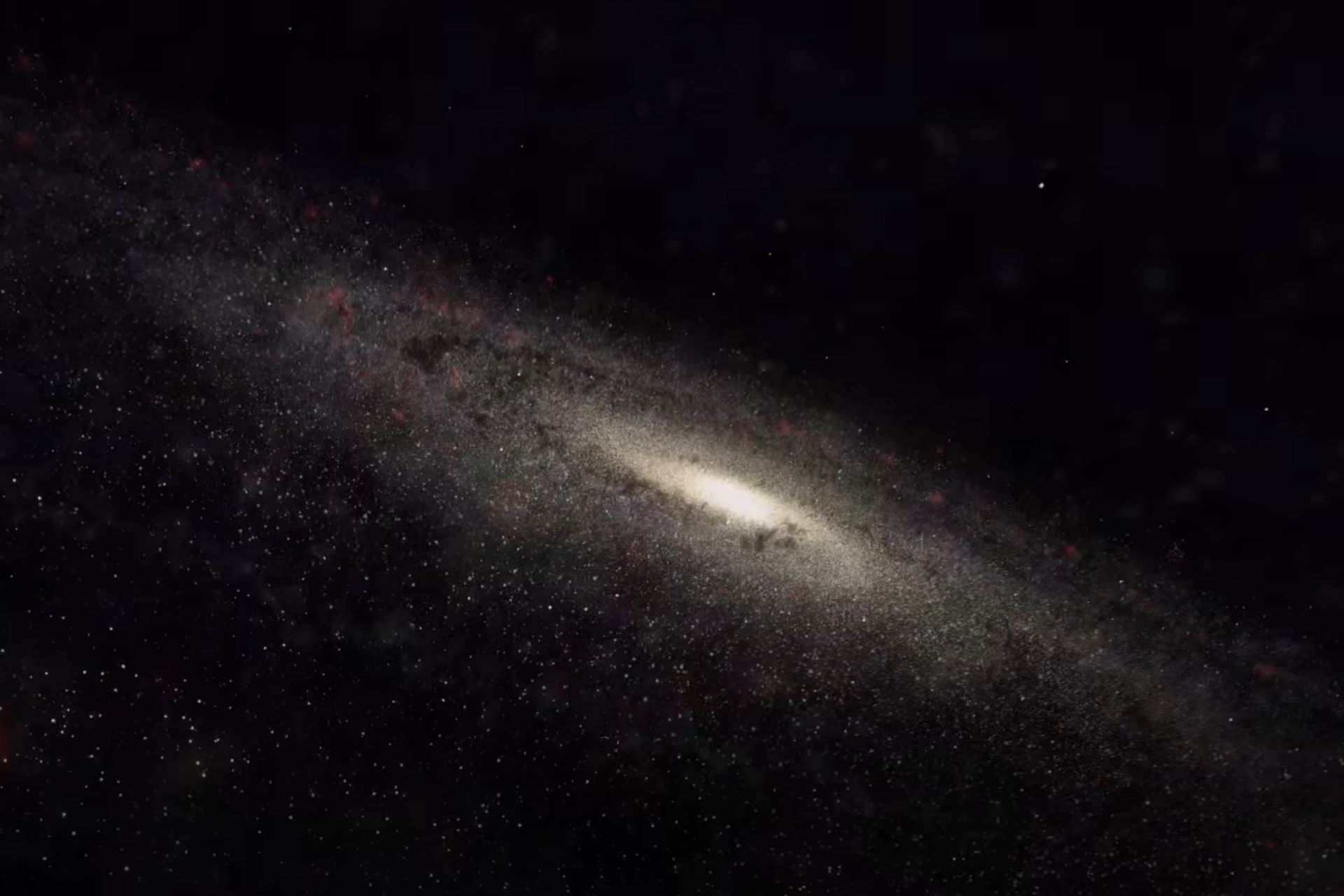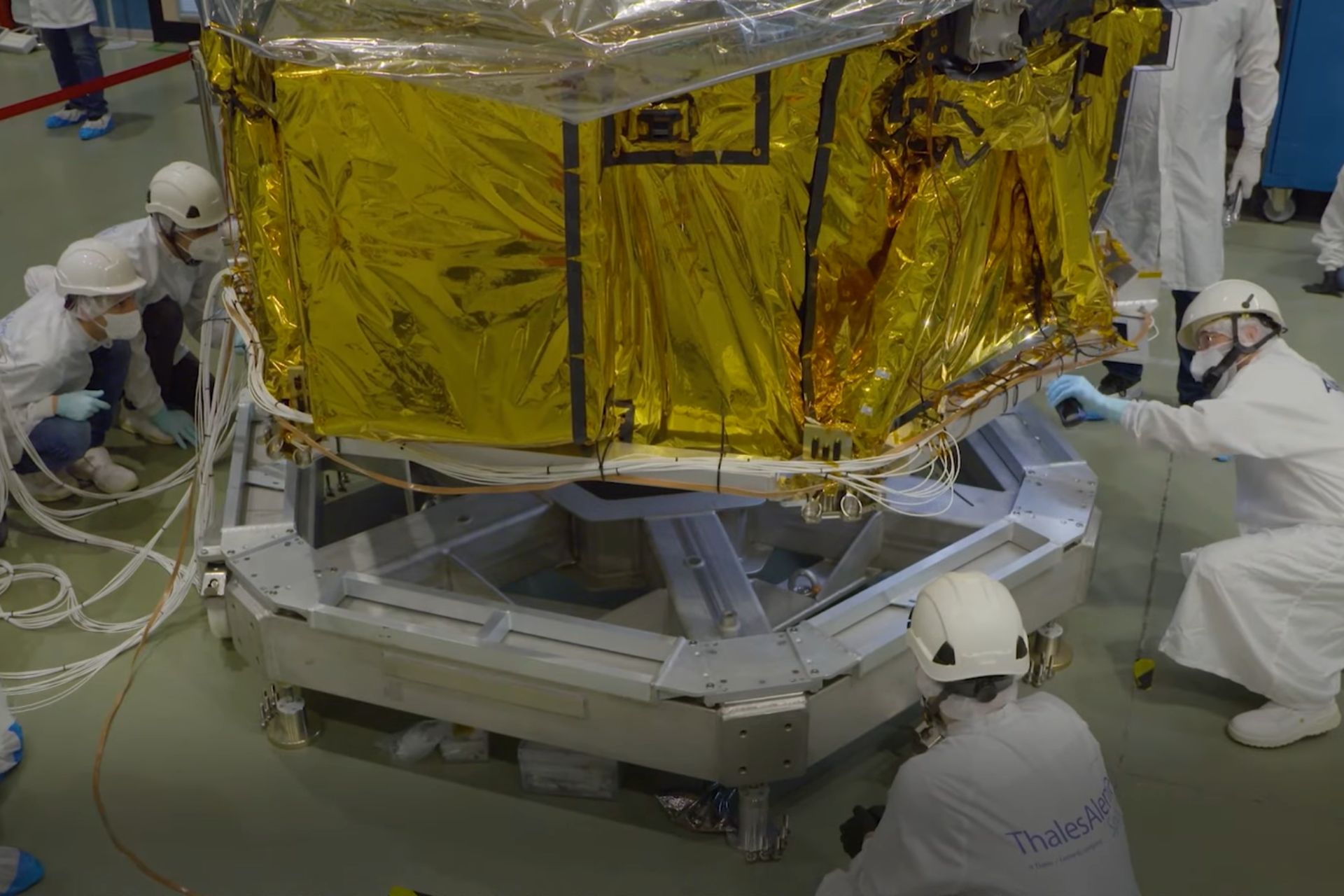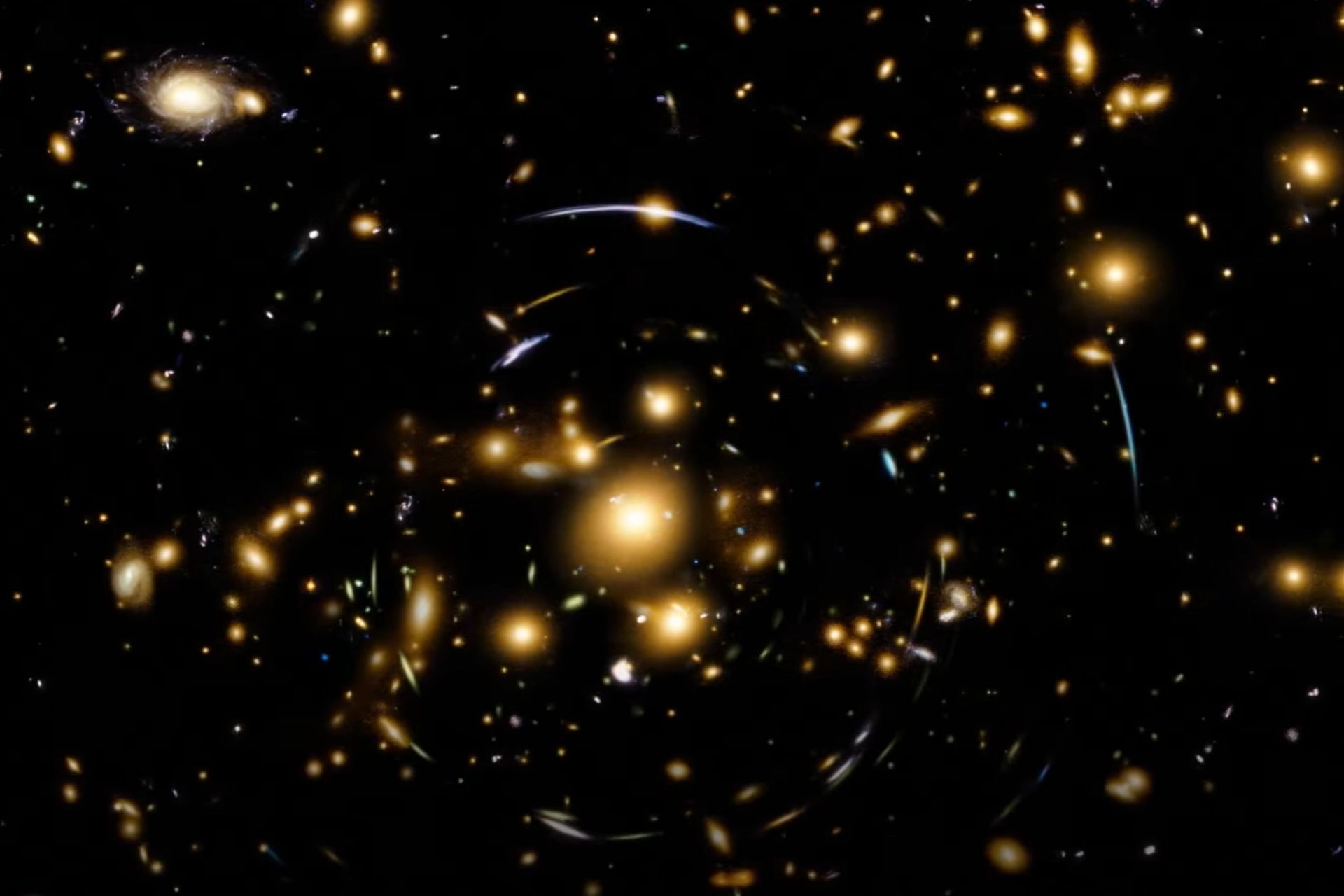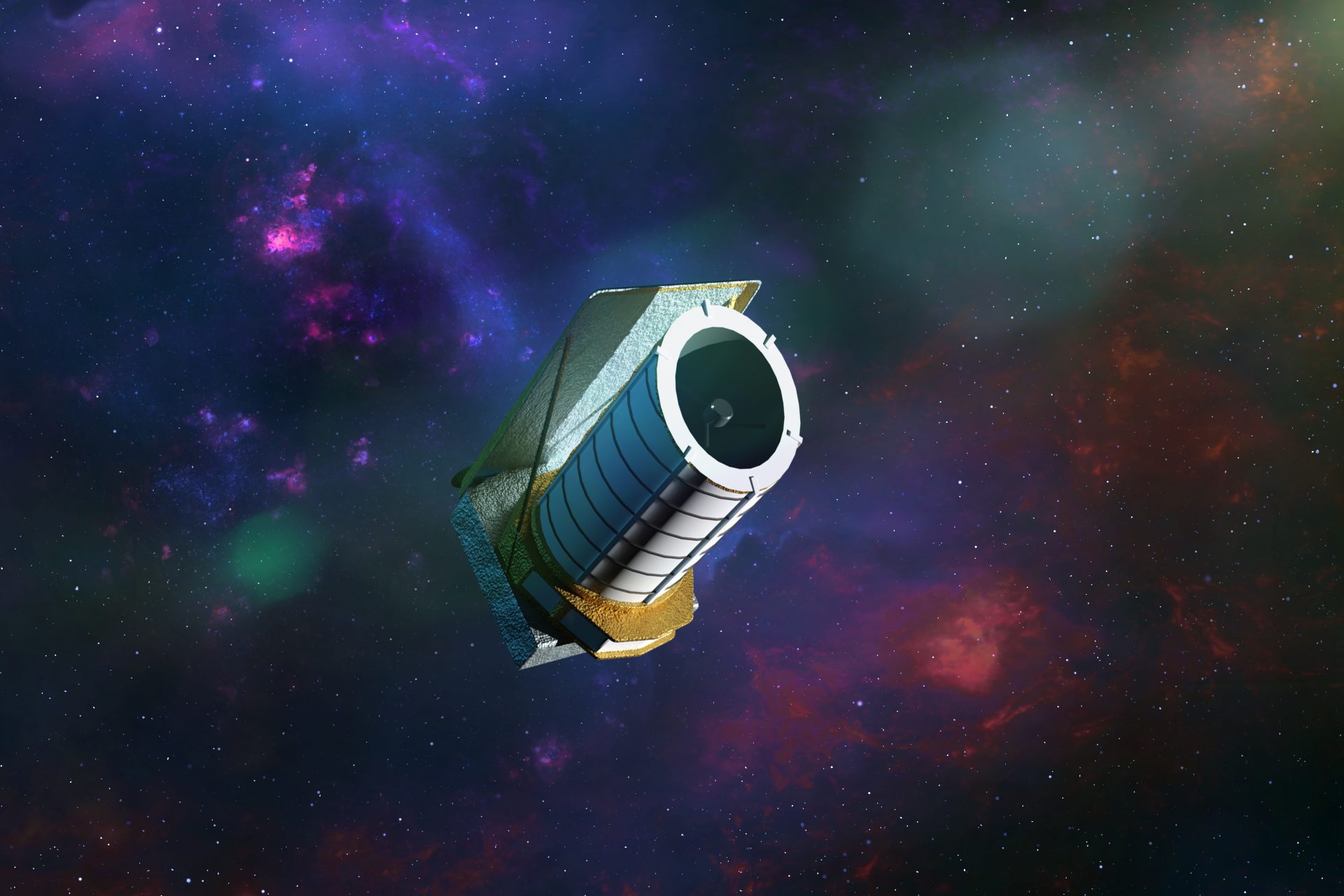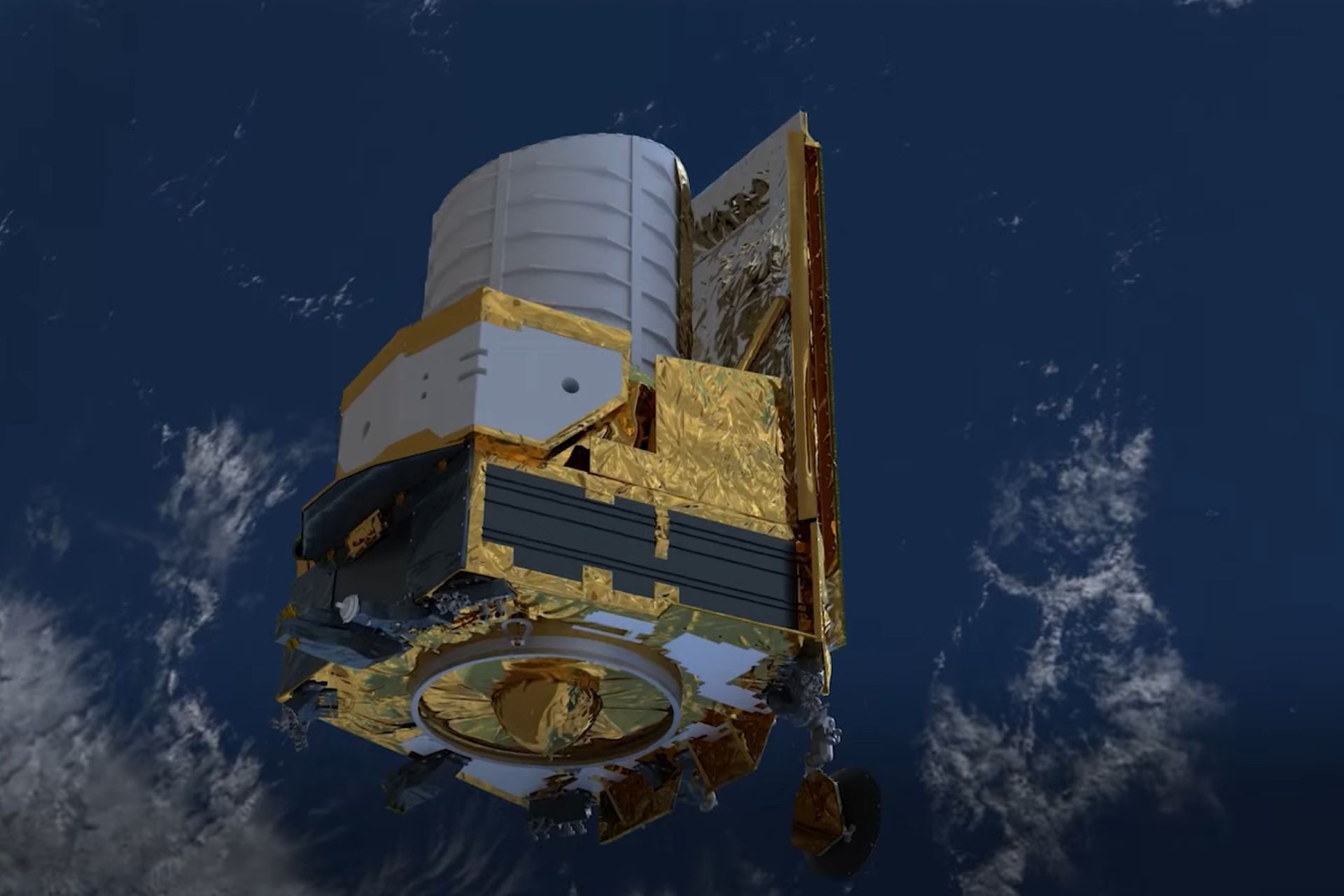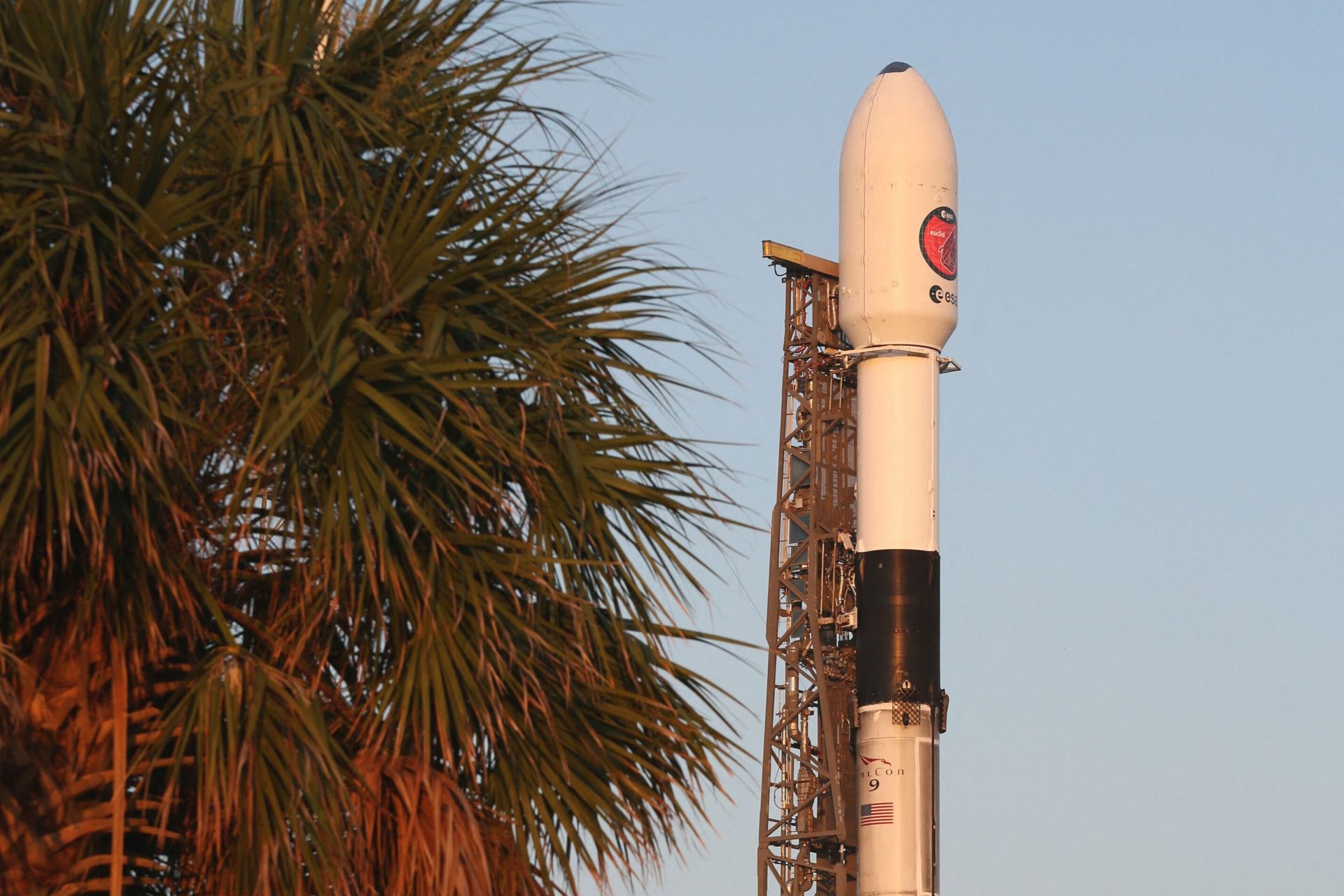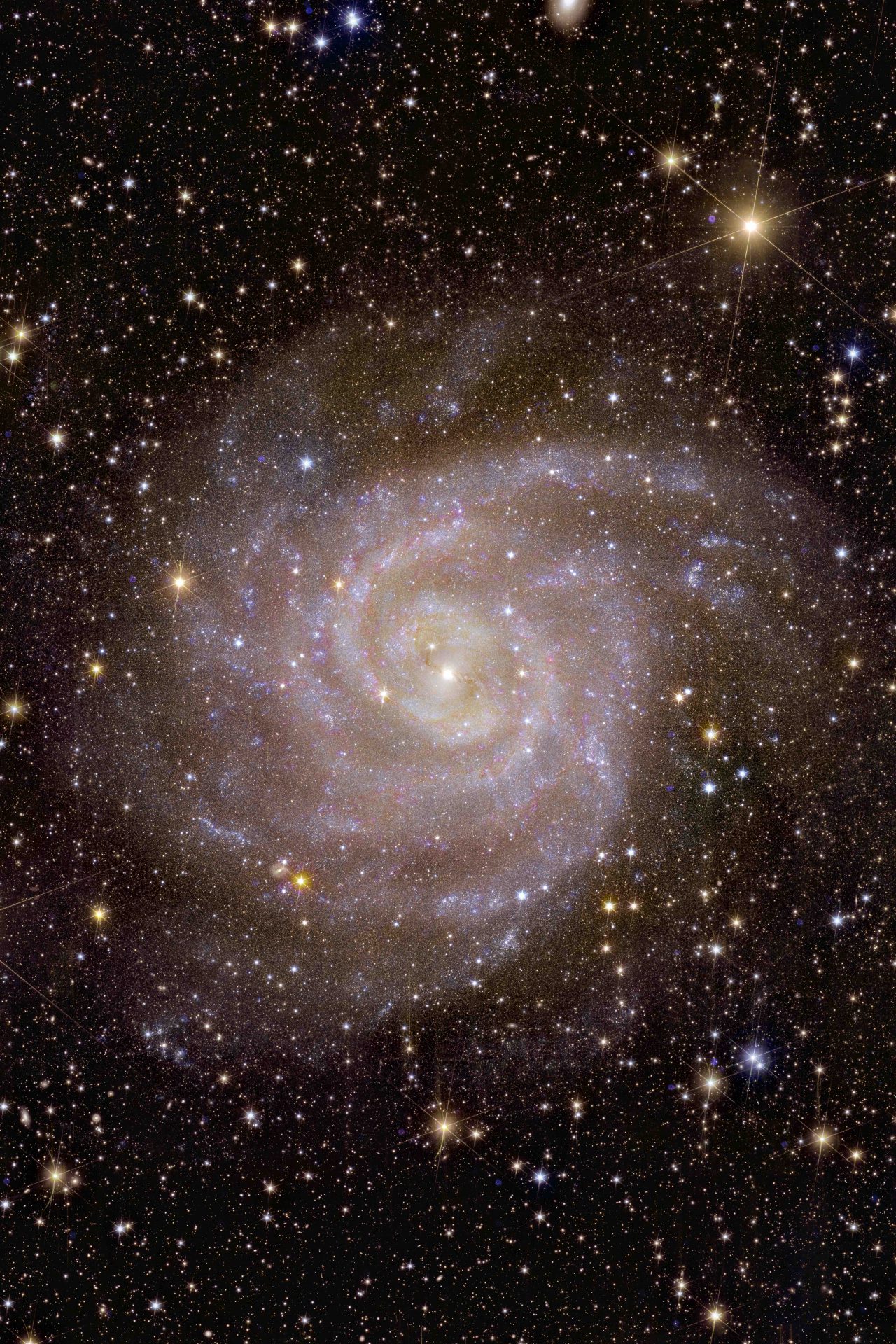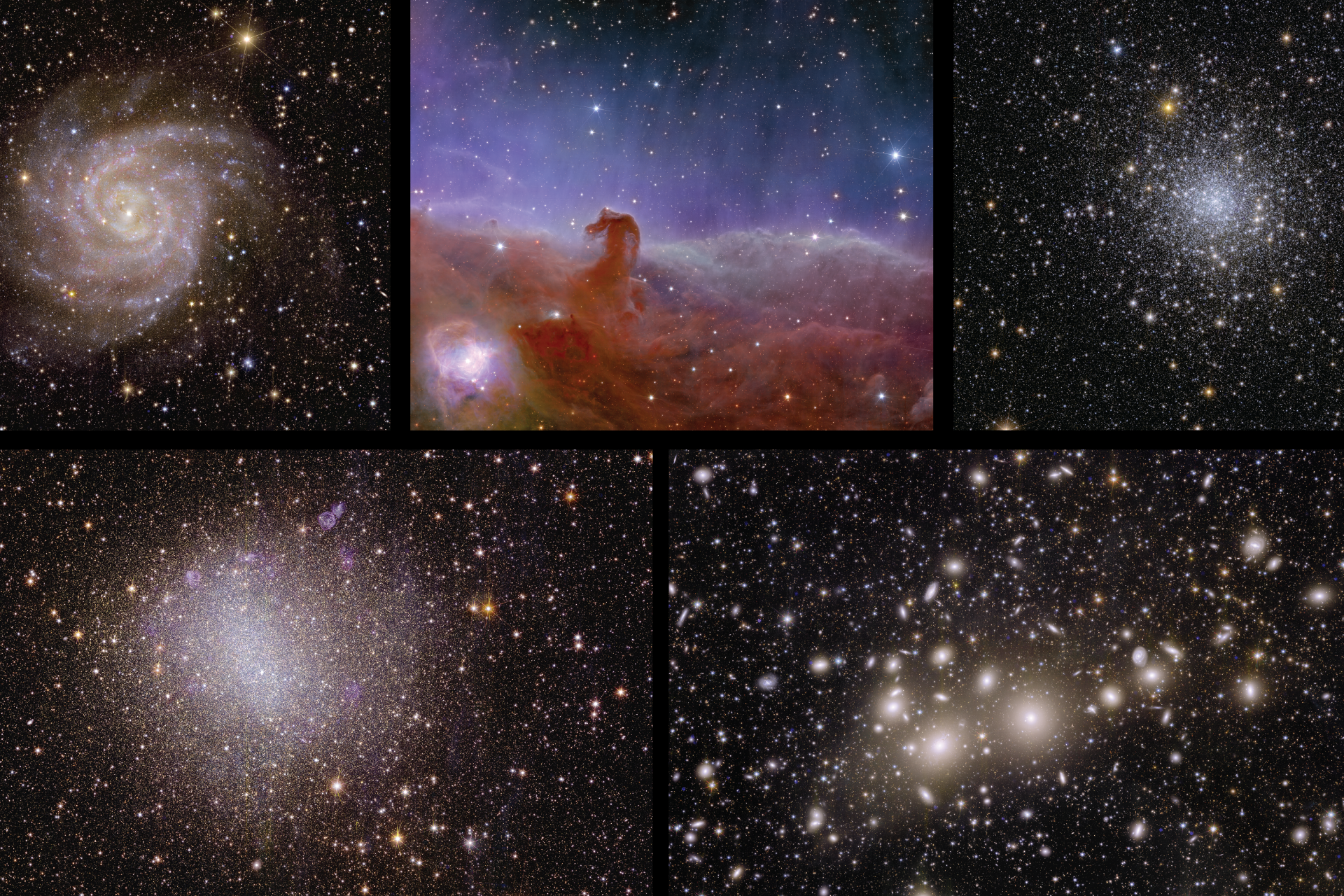Reliving the first images taken by the amazing Euclid Space Telescope
In July 2023, the European Space Agency revealed the first photos that were taken by the Euclid Space Telescope, and each of the images the telescope captured were amazing. Here's the full story as well as the astonishing first pictures from the mission.
At 17:12 on 1 July 2023, one of the most ambitious missions of the ESA (European Space Agency) kicked off with the launch of the Euclid spacecraft on a SpaceX Falcon 9 rocket from the Cape Canaveral Space Force Station in Florida.
The main objective of the mission was to explore the universe and to study some of the most mysterious components found in recent years, namely dark matter and dark energy—two secrets that could prove to be the key to unraveling what the universe is made of.
Just a few weeks after its launch, the ESA published the first images captured by the Euclid Space Telescope: “After more than 11 years of designing and developing Euclid, it’s exhilarating and enormously emotional to see these first images," commented Giuseppe Racca, project manager of Euclid, according to the ESA website.
Photo Credit: ESA - first image captured by the NIPS spectrometer and photometer, an instrument on board the Euclid space telescope
In order to achieve its objectives, Euclid was equipped with a 1.2 m diameter reflecting telescope that powers two innovative scientific instruments: the VIS (VISible) camera and the NIPS near-infrared spectrometer and photometer.
These are two test images: the one on the left was taken by VIS, while the one on the right was captured by the NIPS spectrometer and a photometer. These are the first images taken as a test to verify the correct functioning of the tools on board Euclid.
Photo Credit: ESA
In this first image taken by the VIS, you can see a lot of details, including galaxies and star clusters. To allow VIS to capture the image, Euclid collected light for 566 seconds.
Photo Credit: ESA
In this photo taken by the NIPS, however, the Euclid Space Telescope had to collect light for 100 seconds. In turn, the NISP sent the incoming light through a photometric filter or spectrometric prism. This is how it was possible to analyze the different types of galaxies and their distances.
Photo Credit: ESA
The ESA's website pointed out: "It is worth noting once more that these snapshots – beautiful though they are – are still early test images, taken to check the instruments and review how the spacecraft can be further tweaked and refined."
Photo: Instagram @europeanspaceagency
"It’s even more incredible when we think that we see just a few galaxies here, produced with minimum system tuning. The fully calibrated Euclid will ultimately observe billions of galaxies to create the biggest-ever 3D map of the sky," said Giuseppe Racca (featured in the photo) of the first image taken by the Euclid Space Telescope.
The Euclid Space Telescope has been designed to create the largest 3D map of the sky ever, where the third dimension represents time itself, allowing the viewer to get one step closer to understanding how the expansion of the universe has evolved during its long history.
Physicists and astronomers will also be able to deduce the characteristics of dark energy and dark matter while getting a greater understanding of the role of gravity, another one of the most enigmatic elements of our universe.
Photo Credit: screenshot from ESA's mission into the unknown video/Youtube
The enormous amount of data that will be collected by Euclid will be analyzed by the Euclid Consortium, which includes over 2000 scientists from hundreds of scientific institutes in Europe, the United States, Japan, and Canada.
Photo Credit: screenshot from ESA's mission into the unknown video/Youtube
Among the scientists participating in the project is René Laureijs, who declared on the day of Euclid's launch: "This is a great moment for science, one that we have long been looking forward to the launch of Euclid, on a mission to decipher the puzzle of dark matter and dark energy," as reported on the official ESA website.
Photo Credit: screenshot from ESA's mission into the unknown video/Youtube
"The big mystery of the fundamental constituents of the universe is staring us in the face, offering a formidable challenge. Thanks to its advanced telescope and powerful scientific instrumentation, Euclid is poised to help us unravel this mystery," Laureijs added.
Euclid is a six-year European mission designed and managed mainly by the ESA with contributions from NASA, which supplied the detectors of the near-infrared spectrometer and photometer, NISP.
Photo Credit: screenshot from ESA's mission into the unknown video/Youtube
Verification tests of the instruments on board Euclid were scheduled to take place in the months that followed its first test images. The space telescope was not scheduled to start its scientific observations until after its testing phase was complete.
On November 7th, 2023, more full-color images that Euclid captured of our cosmos and the pictures were far more impressive than the original photos that the space telescope had beamed back to Earth just after its launch.
Photo Credit: ESA/Euclid/Euclid Consortium/NASA, image processing by J.-C. Cuillandre (CEA Paris-Saclay), G. Anselmi, CC BY-SA 3.0 IGO
"Never before has a telescope been able to create such razor-sharp astronomical images across such a large patch of the sky, and looking so far into the distant Universe. These five images illustrate Euclid's full potential," a news release on the ESA website explained.
Photo Credit: ESA/Euclid/Euclid Consortium/NASA, image processing by J.-C. Cuillandre (CEA Paris-Saclay), G. Anselmi, CC BY-SA 3.0 IGO
More for you
Top Stories



